🎨 One of Scotland's most famous paintings might not be Scottish
Halloween has been, the clocks have gone back, now it's time to take bets on when the Christmas music will start playing in the supermarket. There's already tinsel around the columns at The Dome ⛄️🏛
In today's email:
- ⛸ He was a Sk8er Boi: Secrets behind a famous Scottish painting?
- 🏰 Around the city: News, events and more
SKATING ON THIN ICE
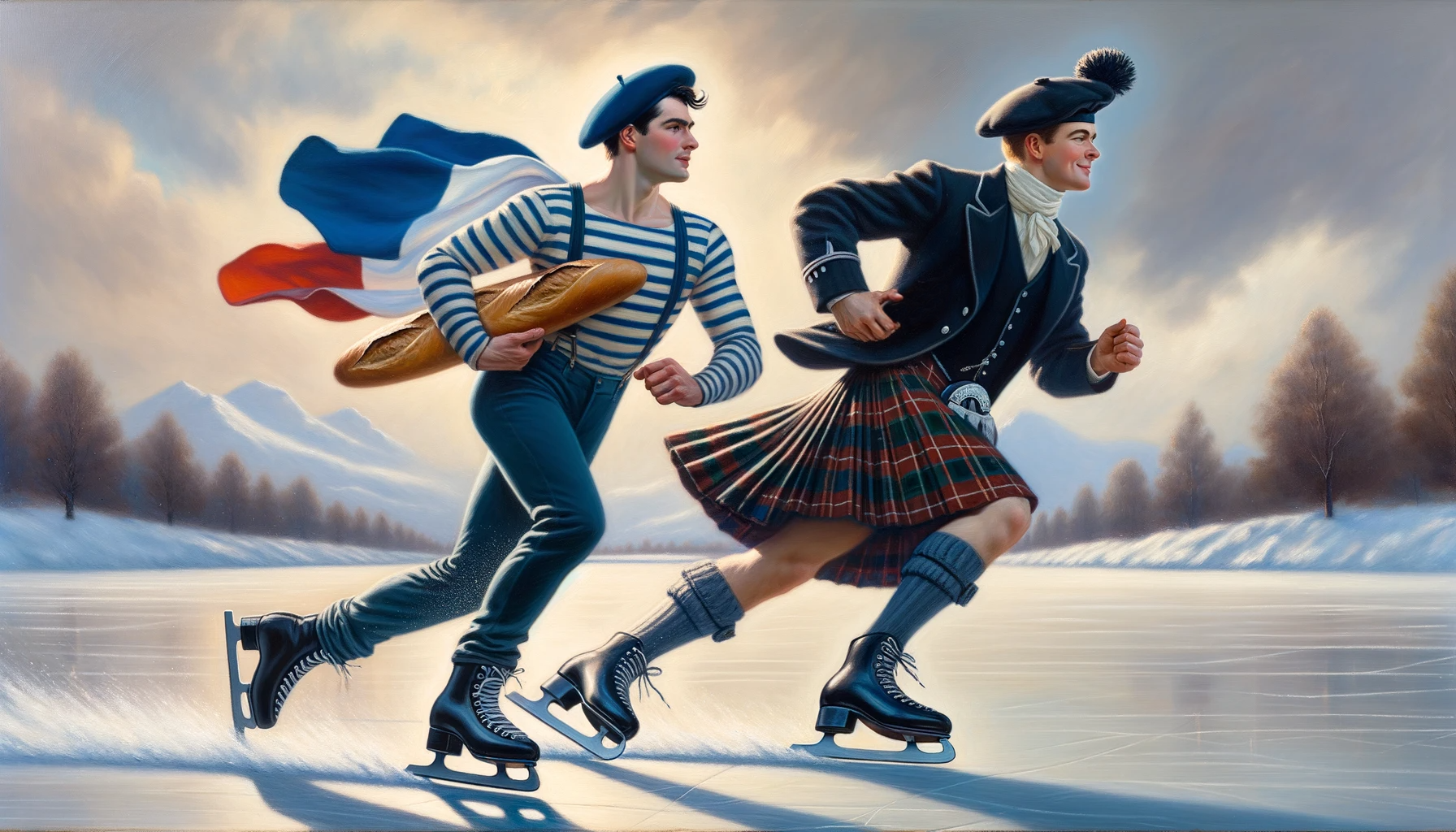
Edinburgh residents and tourists alike have been flocking to the newly renovated National Gallery on Princes Street - to see paintings from some of the best Scottish artists of the 19th and early 20th century.
Works from The Glasgow Boys, the Scottish Colourists, Phoebe Anna Traquair, Anne Redpath and more are all on display - it’s honestly a great day out, super recommend.
But the Reekie team are introvert digital natives, rarely venturing outside to art galleries and instead delving into the deepest recesses of the internet in search of interesting conspiracy theories.
So you can imagine how relieved we were to discover the conspiracy theory at the centre of one of Scotland’s most famous paintings.
What is it?
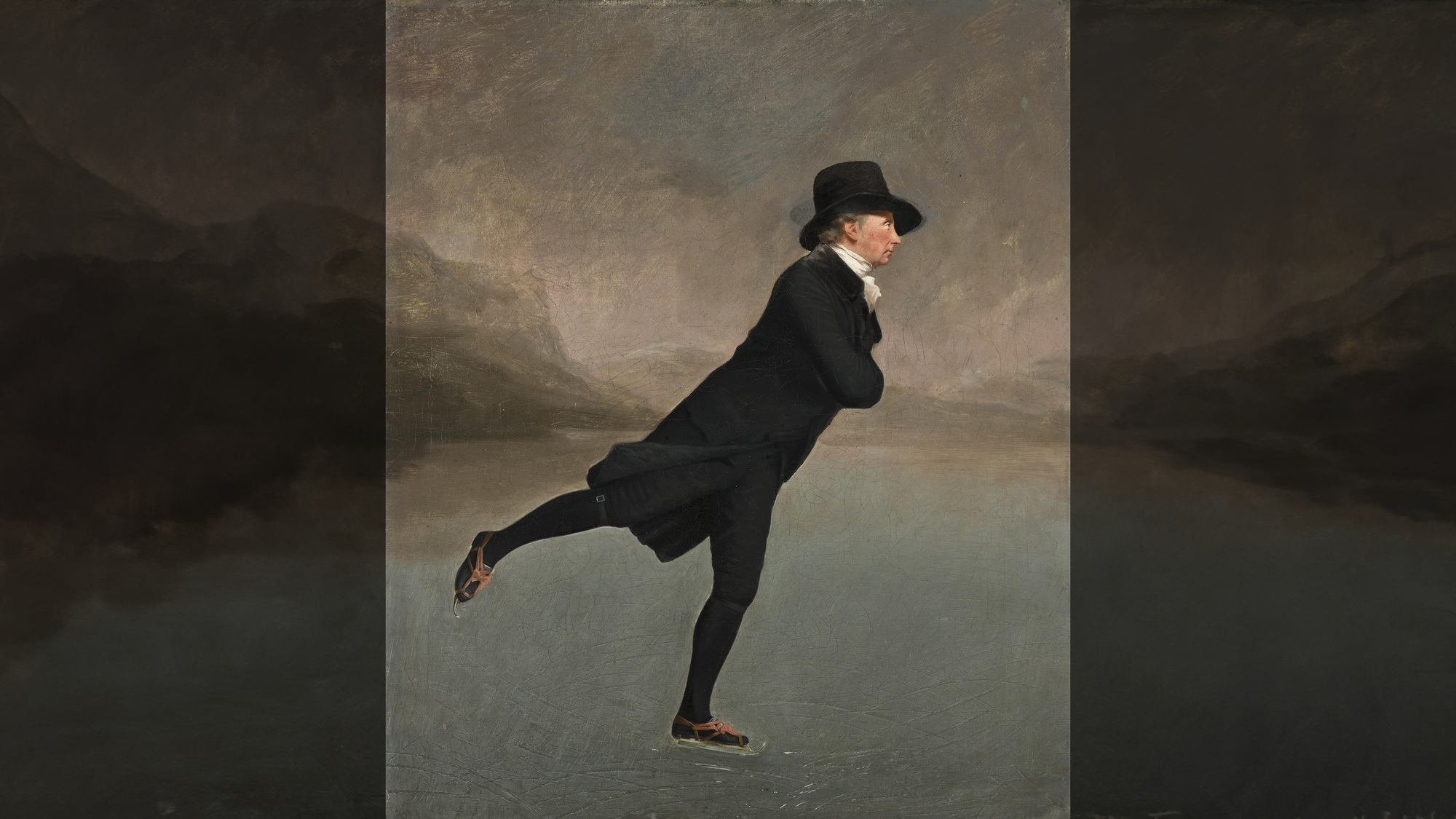
“The Reverend Robert Walker Skating on Duddingston Loch” (usually referred to simply as “The Skating Minister”) is a painting by Sir Henry Raeburn, once the portrait painter for King George IV (of bridge fame) and one of the most celebrated Scottish artists of all time.
During his life Raeburn painted some 1000 works - mostly portraits, including this famous one of Sir Walter Scott looking extremely unimpressed.
But of all his paintings, Raeburn’s “Skating Minister” (painted around 1795) is widely acknowledged as his greatest and most interesting work. The subject, Reverend Robert Walker, was a minister at Canongate Kirk and a friend of Raeburn’s - and a member of the world’s first ever figure skating club, right here in Edinburgh. The club closed down in the ‘60s though, just in case you’re off to find your skates.
Before Health and Safety culture turned us into doughy snowflakes (albeit with far, far longer life expectancies), the skating club would all meet up when Duddingston Loch would freeze over in the winter, and it seems Henry Raeburn wanted to capture the grace and serenity of the Reverend Walker as he zoomed across the ice.
I mean just look at him, lad is dressed for the opera.
This painting has become so well-known, such an icon of Scottish culture, that the National Galleries of Scotland used it in tons of marketing materials for over a decade, and it was even referenced by Bruce Springsteen and Annie Leibovitz on the cover of Rolling Stone.
So what’s the controversy?
Well, one of the things that pretty much everybody can agree on is that The Skating Minister is unlike any other Raeburn painting. It’s not a completely expressionless dude sitting down and staring forward.
Instead, it’s a completely expressionless dude standing on one leg and staring to the side.
Super informal, almost playful, seemingly not very… Raeburn-y.
Well, perhaps that’s because it might not be a Raeburn at all.
In 2005, Stephen Lloyd, a curator from the Scottish National Portrait Gallery said that he reckoned the painting was not by Raeburn but instead by some French dude, Henri-Pierre Danloux, who lived in Edinburgh in the 1790s, around the time the piece was painted.
Since the claim was made, a number of art historians have also cast their doubt on whether the painting is a Raeburn work.
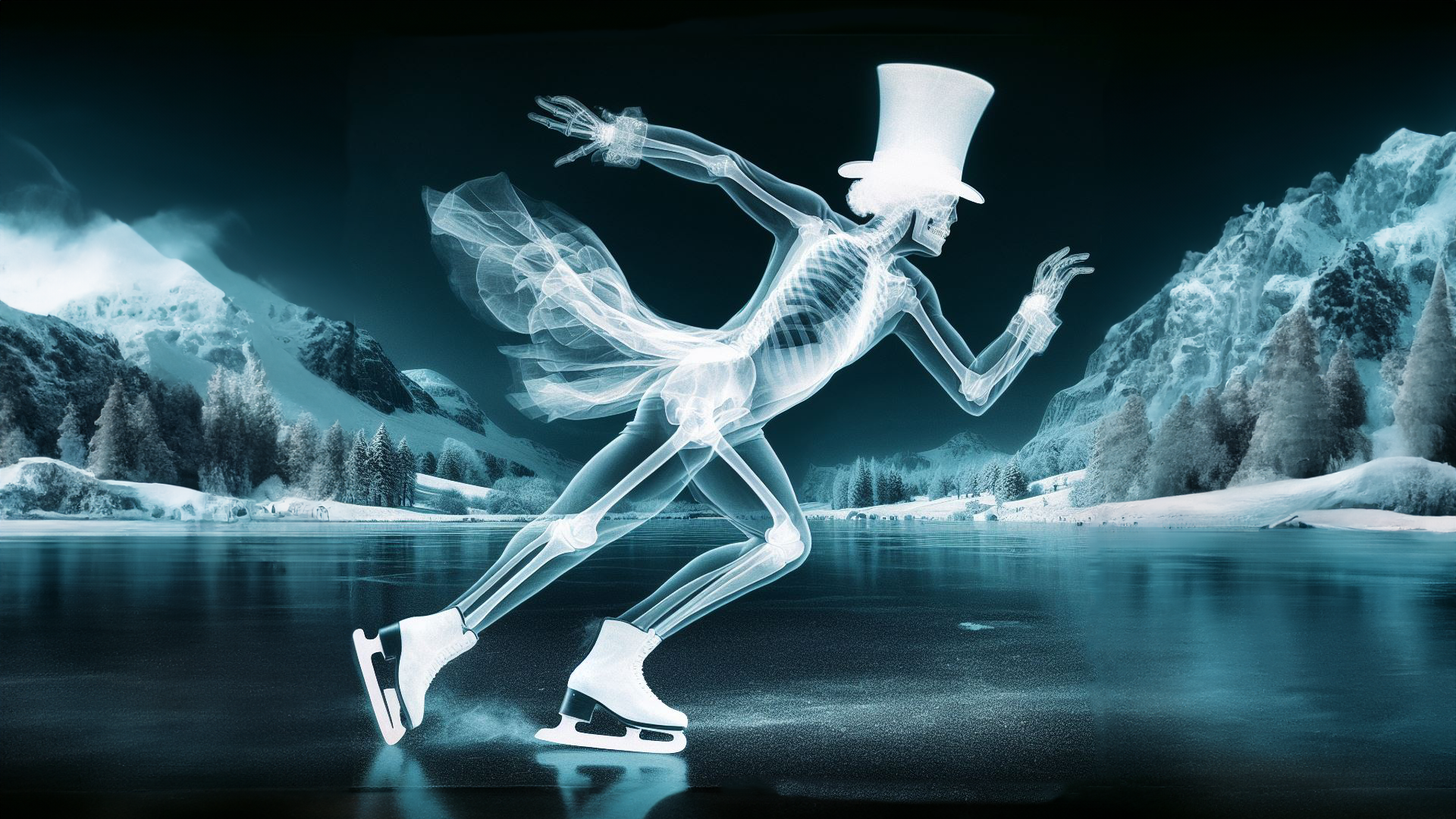
How would they know?
There’s no overwhelming evidence either way, but some of the critiques of the Skating Minister are that the canvas and scale of the painting are more in line with French sensibilities of the time, which was obviously my immediate reaction to the painting too lol 🥖.
A 2013 X-ray of the painting also revealed that it didn’t use lead-white paint to underpaint the Minister’s face, which is the signature technique Raeburn used in all of his 1000-some paintings.
Seems odd not to have used the same technique for this single work...
Add to this the fact that the piece is so wildly different from Raeburn’s other stuff, and it’s easy to understand the controversy surrounding the painting’s attribution.
Why does it matter?
The problem surrounding The Skating Minister is that for as long as this question remains unanswered, there will always be an asterisk next to the iconic piece. One of the most famous and celebrated works of Scottish art, the supposed masterwork of one of Scotland’s most successful painters, will forever come with the disclaimer that it might not actually be the work of a Scottish artist at all.
Imagine for a moment that it isn’t a Raeburn - what would his reaction be to discovering that he’s most celebrated for a painting that isn’t even his? Or - like your boss taking credit for your idea in a meeting - imagine poor Danloux’s reaction to discovering that his most famous painting isn’t even attributed to him?
With its iconic status, it’s not hard to see why people in the Scottish art world seem unwilling to talk openly about this subject, for the fear of reputational damage to Scottish art.
James Holloway, the former director of the Scottish National Portrait Gallery said in an interview with The Scotsman that his “gut reaction” is that the piece is a Raeburn.
Not exactly a reassuring statement.
But honestly, it might not be such a bad answer.
In the absence of any conclusive proof, maybe a gut reaction is the best any of us can do. Take a little trip to the National Gallery this weekend, take a look, and ask yourself:
What does your gut say?
TRENDING
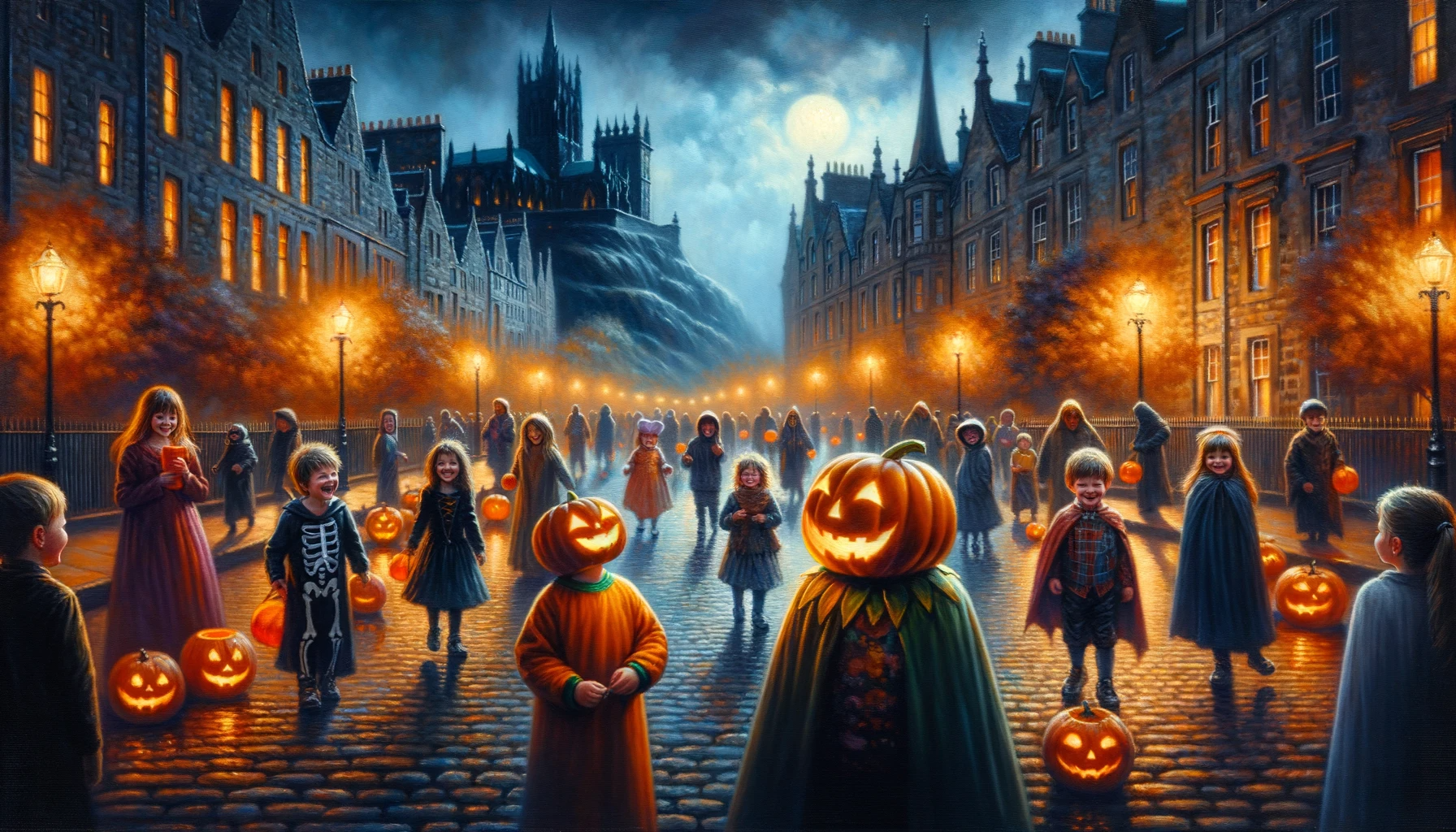
WHAT'S THE CHAT?
🎃🔥 The Samhuinn Fire Festival (not to be confused with that other festival that never happened) took place in Hollyrood Park the other night. Nobody got burned (unlike that other festival that never happened).
🏢 In a shocking and unprecedented turn, student flats are being built in Edinburgh. They're demolishing the old Atik nightclub where young people would get drunk, and replacing it with a shiny new building where that sort of thing will never happen again!
🚂 If you've ever wanted to ride the Hogwarts Express, but were livid to discover that Harry Potter is fictional, you can now board a steam train for four and a half hours and finally live out your fantasy! They have a very bougy dining menu for the service - no pumpkin pasties though :/
⛈ Storm Babet has passed, but did you miss this absolute Chad who was spotted cutting waves on Portobello beach?
🐀 Rat infestation is plaguing the northwest of Edinburgh, with folks in Granton saying they're "scared to sleep at night". This massive rat was seen swinging on a tree in Leith the other day. It's unknown if any ninja turtles were spotted in the vicinity.
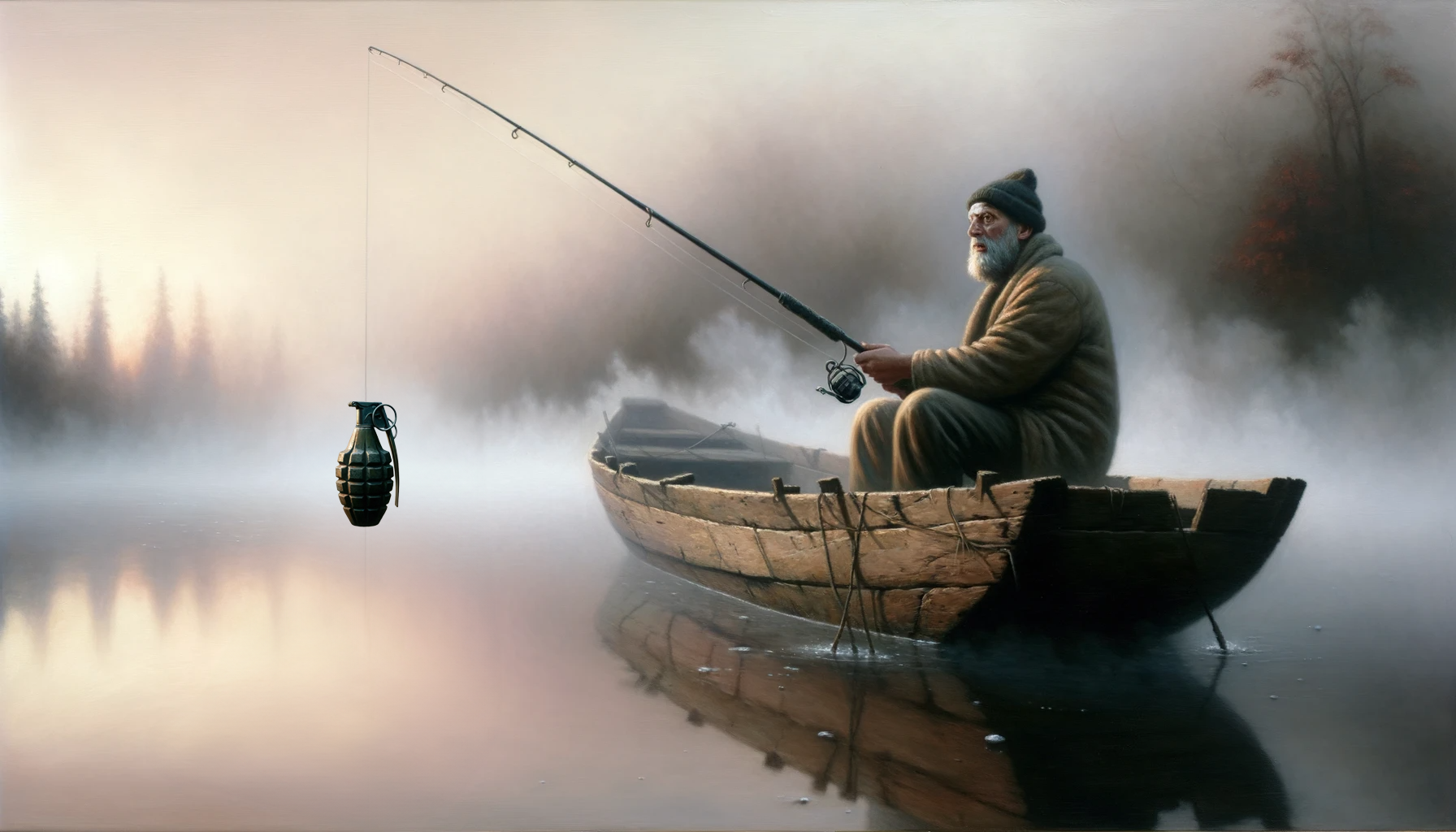
AROUND THE 'BURGH
📼 On this week: In 1847, Sir James Young Simpson, a Scottish obstetrician, showed the world the anaesthetic effects of chloroform by testing it on himself. Simpson and his friends got the chloroform from a pharmacist on North Bridge, went home and inhaled it together, where they were overcome with good cheer shortly before collapsing to the floor, only waking up the next morning. Nowadays chloroform isn’t used for anaesthetic, but you can still find pharmacists hanging around on North Bridge…
🐧 Aww: Edinburgh Zoo is home to a knighted penguin named Sir Nils Olav III, who is the mascot and colonel-in-chief of the Norwegian King's Guard. This title has been passed down through three generations of entitled nepo-baby penguins since 1972.
🦴 That’s cool: The area of Cramond in Edinburgh has been settled since around 8,500 BC, as indicated by archaeological finds, making it one of the earliest known sites of human habitation in Britain.
💣 That's scary: A couple weeks ago, a WWII grenade was found by a group of Edinburgh magnet fishermen on the Union Canal in Linlithgow. The bomb squad showed up, took the grenade (and the £200 magnet it was stuck to) and blew it up in a safe location. RIP magnet, 80 years on and this war still takes casualties.
MEME

